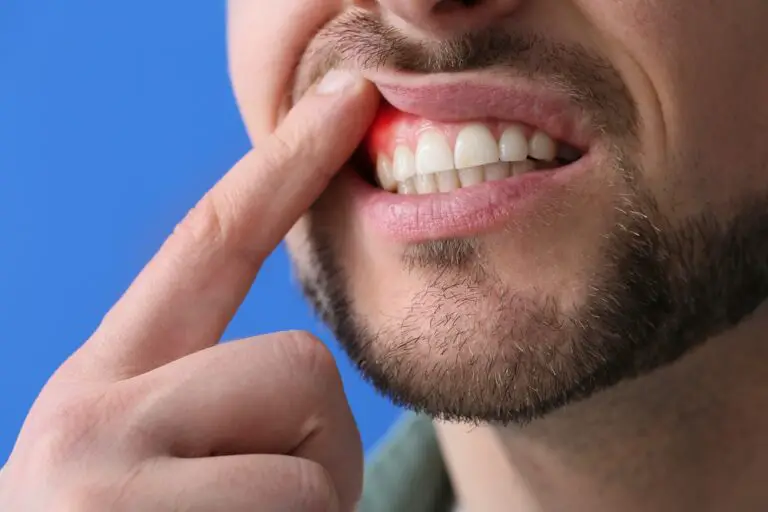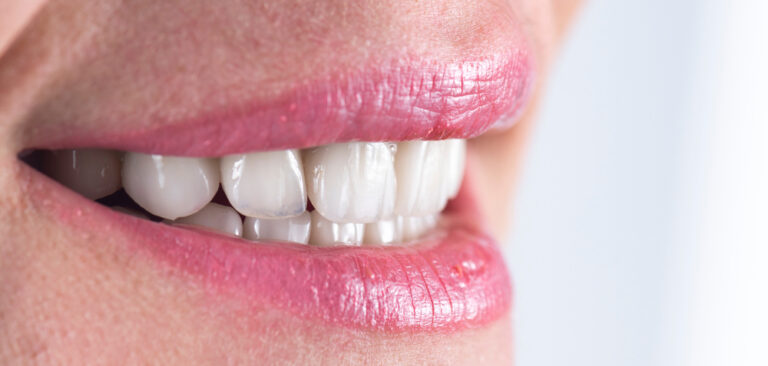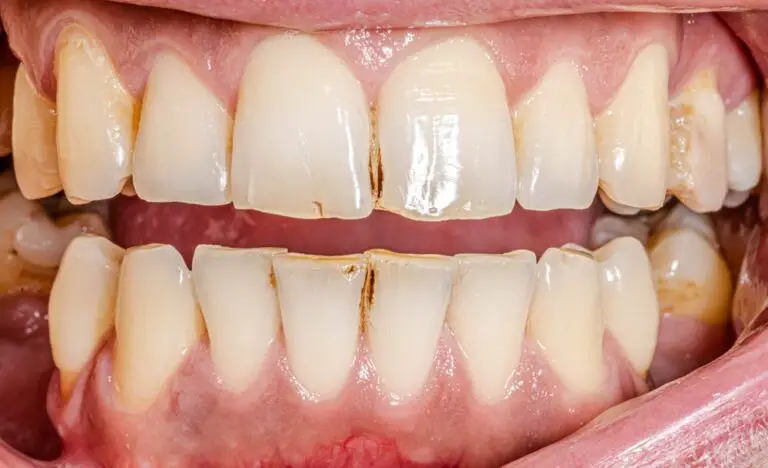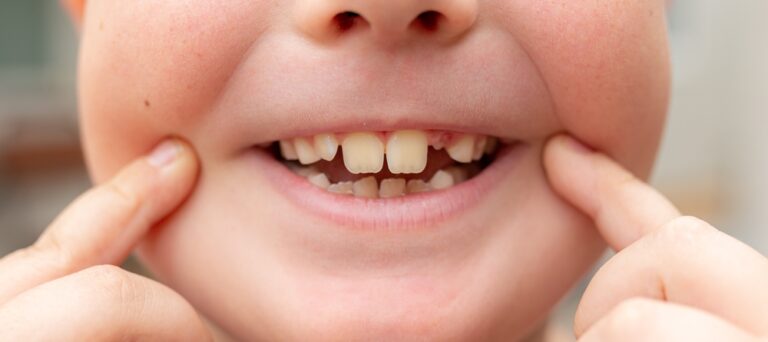Getting your wisdom teeth removed is a common procedure that most young adults face at some point. While removing wisdom teeth is routine for oral surgeons, it’s not an everyday experience for patients. As a result, many people have questions about what to expect during recovery. One of the most common questions is whether gauze should be wet or dry after wisdom teeth removal.
Overview of wisdom teeth removal
Wisdom teeth are the third and final set of molars that emerge in the late teens to early twenties. They are located in the far back corners of the mouth. Wisdom teeth often become impacted or only partially emerge because there is not enough room for them. Partially erupted teeth are prone to infection and damage to adjacent teeth. This is why wisdom teeth removal is frequently recommended.
Wisdom tooth extraction is performed as an outpatient procedure under local or general anesthesia. The oral surgeon will open the gum tissue over the tooth and remove any bone blocking access to the tooth. The tooth is gently rocked back and forth until it loosens from the bone and can be taken out. Sometimes wisdom teeth are broken into pieces during removal.
After all wisdom tooth fragments are removed, the surgeon irrigates the socket and sutures the incision closed. Gauze pads are then placed over the extraction sites and the patient must bite down to apply pressure. This helps control bleeding as a blood clot forms in the empty tooth socket. The gauze also protects the sensitive surgical sites.
Keep reading to learn whether it’s better for wisdom teeth removal gauze to be wet or dry during recovery.
Should gauze be kept wet or dry after surgery?

Most oral surgeons recommend changing gauze pads every 30-45 minutes after wisdom tooth removal surgery. Leaving them in longer allows drying blood and saliva to adhere to the socket. This impedes healing and increases the risk of infection. That’s why it’s advisable to replace gauze pads frequently after surgery.
But should fresh gauze pads be wet or dry?
Keeping gauze moist is usually recommended following wisdom tooth extraction. A little water or saliva helps the gauze stick to the clotting area better than dry gauze. Wet gauze is also soothing on tender wounds.
However, gauze should not be dripping wet. Too much fluid can impede clotting and wash away protective blood components from the socket. The ideal saturation level is moist but not soaked.
Below is a summary of why wet gauze works better than dry gauze after wisdom teeth are pulled:
- Moisture helps gauze adhere to the sticky wound. Dry gauze often sticks to itself rather than the surgical area.
- Wet gauze won’t disturb new clots. A dry material may stick to and dislodge the forming blood clot.
- Saliva keeps wounds clean. Letting some saliva soak into the gauze helps flush debris from the socket.
- Water soothes irritated tissue. Dry gauze can stick and cause additional discomfort.
- Minimal moisture speeds healing. A bit of moisture keeps the extraction sites hydrated but not too wet.
So using slightly moist gauze after wisdom tooth removal supports healing better than sticking with dry gauze alone.
How to prepare moist gauze pads
Gauze sold in drug stores and surgical centers is typically packaged dry. But it’s easy to dampen gauze before applying it over wisdom tooth sockets:
- Run a piece of dry gauze under cool tap water. Hold it there for a few seconds until soaked but not dripping wet.
- You can also moisten using sterile saline. Open the package and pour a small amount of sterile saline onto sterile gauze.
- Letting gauze absorb saliva works too. Put a piece of dry gauze in your mouth until slightly wet then apply to wounds.
The goal is for gauze to be evenly moistened but not soaked. Too much liquid can displace the fresh blood clot. Stick with minimal, controlled moisture for best results.
Tips for caring for wounds with moist gauze

Following proper gauze protocol after wisdom teeth removal supports swift, complication-free recovery. Here are some useful care tips:
- Change gauze every 30-45 minutes. Discard old pads as they become saturated with blood.
- Check that fresh gauze sticks in place. Make adjustments if needed to keep pressure on the sockets.
- Avoid talking or unnecessary mouth movement. This can shift gauze and disrupt forming clots.
- Don’t rinse the surgery sites for 24 hours. When brushing teeth, avoid the wisdom tooth area.
- Control minor oozing with tea bags. The tannins help constrict blood vessels.
- Sleep propped up for a few nights. Keeping the head elevated reduces throbbing and swelling.
- Take prescribed pain medication as directed. Don’t exceed dosage recommendations.
- Eat soft foods until it’s comfortable to chew. Stick with cool liquids, smoothies, yogurt, etc.
- See your dentist if bleeding or pain worsens. Excessive bleeding or severe pain may indicate complications.
Patients typically only need gauze for the first 24 hours after surgery. But always follow your specific post-op directions. With proper aftercare, extraction sites heal quickly.
Expected healing timeline after wisdom teeth removal
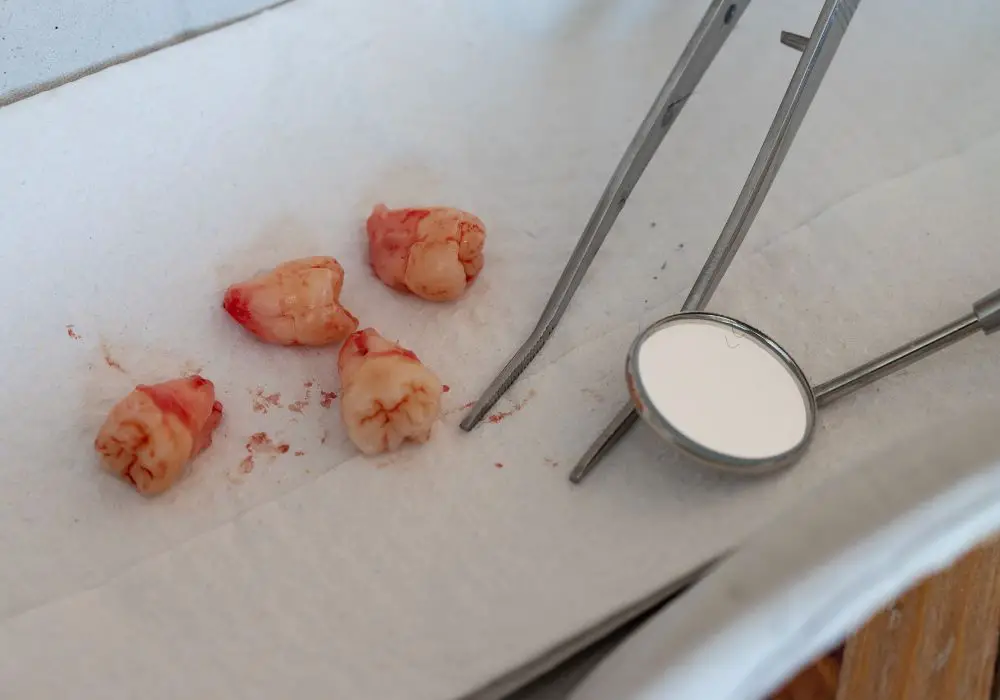
The sockets left behind after wisdom tooth removal will gradually heal over the next several weeks. Here is the typical healing progression:
Day 1
On the day of surgery, focus on controlling bleeding and keeping swelling minimized. Use ice packs and moist gauze as directed. Pain and discomfort are common. Stick with a liquid diet.
Days 2-3
Bleeding should stop within a day or two. Swelling around the cheeks and jaw often peaks on days 2-3. Switch from moist gauze to just biting on a clean gauze pad. Introduce soft foods like yogurt, oatmeal, and eggs.
Day 4
Swelling begins improving by day 4. Discomfort may increase between days 3-5 as numbness wears off. Try salt water rinses after 24 hours. Medications can help manage pain.
Days 5-7
Swelling continues going down. Soft tissue typically closes over extraction sites during this time. Brush teeth gently near wounds. Increase diet to soft, lukewarm foods that require little chewing.
Weeks 2-4
Swelling dissipates further. Stiffness and soreness diminish. A white plaque may form over healing sockets – leave it alone. Slowly work your way back to a normal diet around week 4.
Weeks 4-6
Any residual swelling should resolve within a month or two. Numbness disappears as nerves regenerate. The smooth socket edges continue smoothing out. Healing is complete in 4-6 weeks.
With proper oral hygiene and wound care, wisdom tooth removal sites heal quickly and without incident. Using moist gauze initially keeps the area clean while new tissue forms. Just avoid over-saturating gauze, and change pads regularly for ideal recovery conditions.
Risks and complications associated with wisdom teeth removal
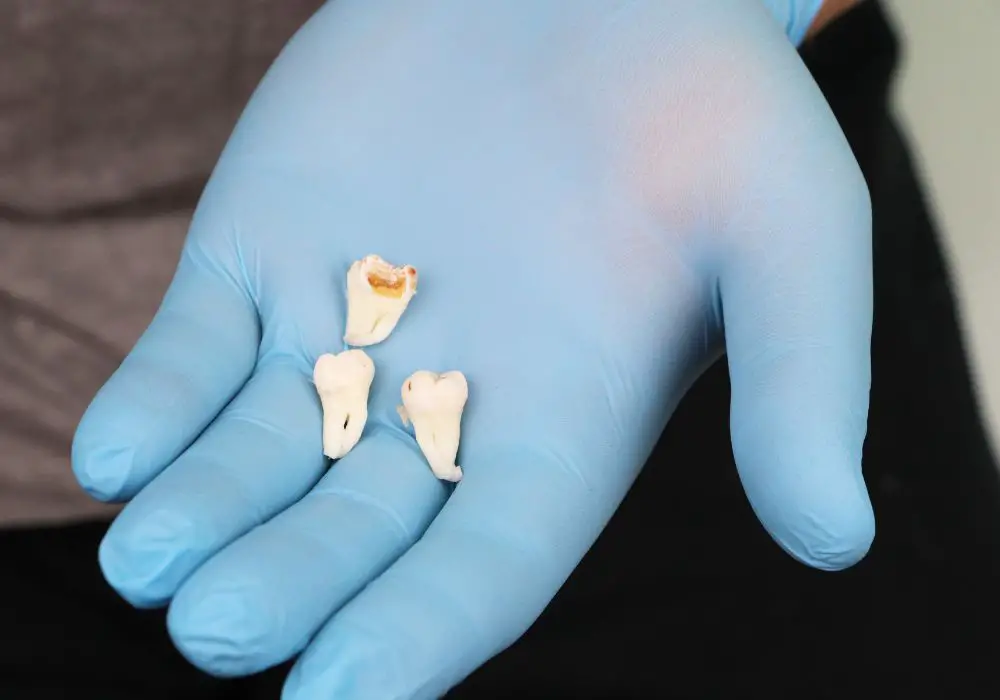
While wisdom tooth extraction is a routine procedure, there are some potential risks and complications to be aware of:
Dry socket
Dry socket occurs when the blood clot at the surgery site becomes dislodged too soon after surgery. This exposes the bone and nerves before healing has occurred. It is very painful and leaves an empty “dry socket.” Smoking, drinking through a straw, and disturbing the wounds can lead to this problem. Dry socket is treated by having the dentist clean and pack the socket with medicated gauze to soothe irritation.
Nerve damage
The roots of wisdom teeth are often close to sensory nerves. Removing impacted teeth sometimes causes nerve injuries that lead to lip numbness, pain, or tingling. However, this damage usually heals within several weeks or months. Immediate nerve repositioning surgery may help faster recovery.
Bleeding
Oozing is normal after extraction, but some patients experience excessive bleeding. Applying firm pressure with gauze or a tea bag helps control minor bleeding. But uncontrolled bleeding may require emergency care for cauterization or suturing of the wound.
Infection
Bacteria can enter the extraction site and cause an infection. This is characterized by severe pain, swelling, bad taste/odor, fever, and pus drainage. Antibiotics are needed to clear Wisdom tooth infections. In severe cases, surgical drainage of the abscess may be necessary. Good oral hygiene reduces infection risk.
Sinus involvement
The root tips of upper wisdom teeth are often close to the maxillary sinuses. Removing these teeth can sometimes create an opening from the socket into the sinus cavity. This oroantral fistula requires additional surgery to close so food and bacteria don’t enter the sinus.
Frequently asked questions about wisdom teeth removal aftercare
Here are answers to some common questions about caring for wisdom tooth extraction sites:
1. How long should I use gauze after wisdom tooth removal?
It’s recommended to use gauze pads frequently for the first 24 hours after surgery. Avoid leaving the same gauze in place for more than 30-45 minutes. After 24 hours, you can discontinue packing gauze entirely.
2. What if my gauze is bleeding a lot after surgery?
A little oozing is normal, but excessive bleeding warrants attention. Try a moist tea bag first, then call your oral surgeon if you soak through multiple gauze pads in an hour.
3. When can I stop icing my face after wisdom teeth removal?
Icing is most critical for the first 36 hours after surgery. But you can continue using ice packs as desired for swelling or pain relief for several more days after that.
4. How do I know if my wisdom tooth sockets are infected?
Signs of infection include severe pain, swelling, foul odor or taste, fever, and exudate. See your dentist immediately if you notice these symptoms. Antibiotics may be needed.
5. When can I start brushing my teeth normally after surgery?
Avoid the surgery sites when brushing for the first 24 hours. After that, you can brush gently, taking care around healing sockets. Full force brushing may resume in 7-10 days.
Conclusion
Getting your wisdom teeth out doesn’t have to be an overly painful or stressful experience with proper aftercare. Using moist gauze in the initial 24 hours after surgery promotes healing better than dry gauze alone. Just wring out excess moisture before applying fresh pads every 30-45 minutes or as needed. Proper wound care, a soft diet, and medication will help you recover smoothly in a few weeks. Be sure to follow your dentist’s specific post-op instructions for optimal results. With a little patience, your extraction sites will soon be healed and comfortable.

